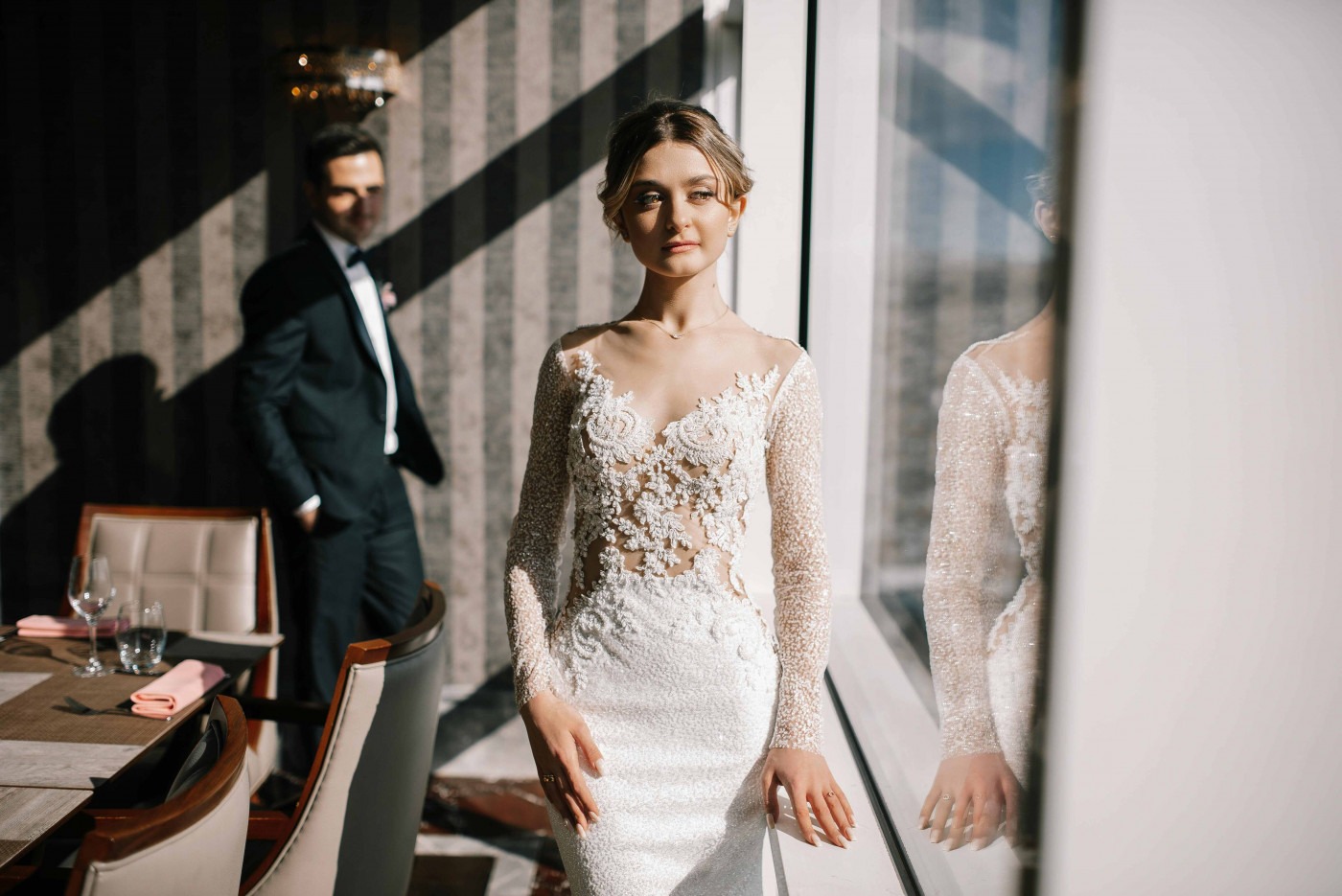Wedding Dresses: An exploration of wedding dress fashion throughout culture and time
The white wedding dress is an iconic piece of fashion. It’s a key component to the most important day of someone’s life, and it must be perfect for each individual. Often accompanied by a veil, the long, elegant dresses are a staple in weddings across the world. Although, this wasn’t always the case.
Over the years, wedding dresses have evolved in accordance with fleeting fashion trends
The first ever recorded white wedding dress belongs to Phillipa of England, who wedded Eric of Pomerania in white silk during the early 1400s. Although they had been around for centuries, the white dress did not gain popularity until Queen Victoria’s wedding in 1840. The queen was married in a Spitalfields silk white gown, lined with Honiton lace in a show of English patriotism. Many women opted to follow her lead, leading us to the dresses we see today.
Over the years, wedding dresses have evolved in accordance with fleeting fashion trends. The 1930s boasts modest dresses with simple cuts, highlighting their elegance, as well as the effects of the Great Depression. These dresses were primarily made from satin or silk and had lace accents. The 1950s were characterised by opulence. Dresses were fitted with full skirts and cinched waists to accentuate figures, and made from an abundance of lace and polyester. Styles were rapidly changing as the 1960s introduced shorter hemlines with the rising popularity of tea dresses, and the 1970s focused on alternative head accessories to the traditional veil. Princess Diana’s wedding dress was the pinnacle of 1980s fashion, made from antique silk and taffeta. The dress itself was truly a dress befitting a princess, with a full skirt and puff sleeves, but the most magnificent feature was its 25-foot-long train.
People often comment on fashion’s cyclical nature, which can definitely be seen through the 1990s return to understated elegance. My personal favourite is of Carolyn Bessette-Kennedy’s 1996 wedding dress. The simplicity of the silk slip dress was reminiscent of the 1930s, but the soft cowl neckline brings it into more modern times. However, it wasn’t until the later years where wedding fashion saw more drastic changes.
Timeless was out and trendy was in. Fleeting fashion trends, especially the ones we later come to regret, took hold of wedding dresses. White stopped being only for the bride, in the 2000s, as brides explored other colours and opted for all-white dress codes for their guests. More revealing cuts, such as the plunging V-neck, were favoured and form-fitting shapes, like fishtail gowns, became increasingly popular.
Wedding dresses have a complex history leading us to where we are today
To veil or not to veil is a question faced by every bride. Wedding accessories, like the perfect shoes and jewellery, are arguably just as important as the dress. The topic of the veil is a widely debated one, as people appear conflicted on its presence on their special day. However, where brides do converge is the rising return to simplicity. They have been selecting simple, yet elegant gowns, accompanied with long trains and veils and the princess-like drop waist. Fashion truly is cyclical.
Whilst white is popular today due to tradition, it was originally chosen as it symbolised purity and piety. The white wedding dress remains in the West, however, as Eastern brides favour red, symbolising auspiciousness and luck. In China, brides wear a cheongsam, also known as a qipao, featuring both red and gold with embroidered silk. Eastern countries, like China and India, have lavish weddings featuring multiple events, therefore brides have the opportunity to explore different outfits. Indian brides wear a red lehenga, a matching top and full skirt, which is usually accompanied with heavy gold jewellery and matching bangles. Like the white wedding dress, Indian lehengas have too seen a change as brides now favour ornate pastel outfits.
Wedding dresses have a complex history leading us to where we are today. In the last few years, wedding fashion has been more subjective and personal as people explore their own aesthetics. Over time, I’m sure we’ll see more interesting dresses with brides building on previous dresses and exploring their own tastes.

Comments